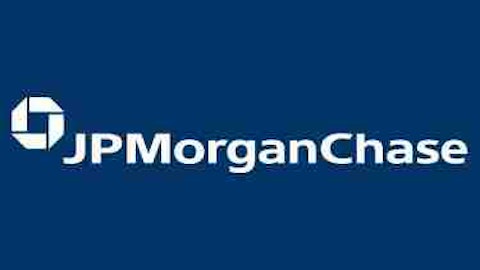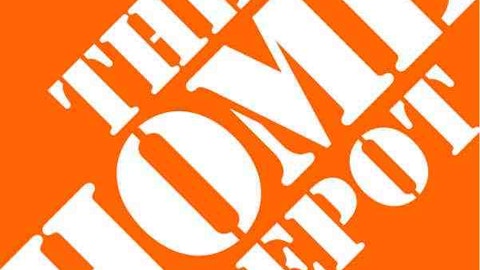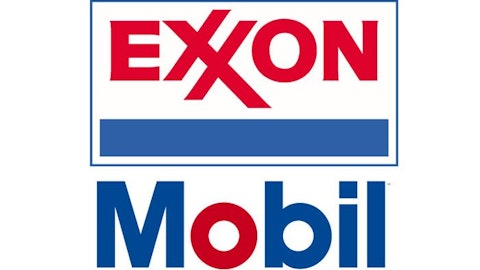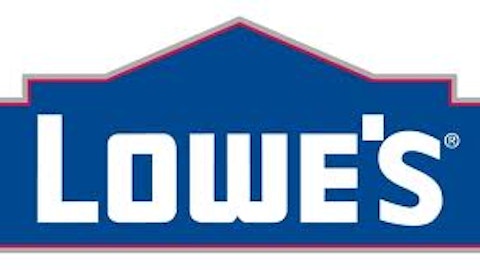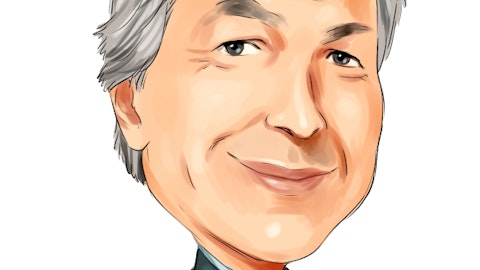Rent vs. buy. In finance circles, it’s a bigger debate than “paper vs. plastic” or “tastes great vs. less filling.”
It remains a debate fought by smart people on both sides, because the variables make calculus look like third-grade math.
Advocates of buying will use arguments that feature phrases such as “throwing away money on rent,” “mortgage interest rate deduction,” and “forced savings.” They may even appeal to your sense of community by pointing out the social benefits of an ownership mentality.
Advocates of renting will say the benefits of homeownership are overrated while the costs are underrated.
From the title of this column, you know where I stand. But let’s give the rent advocates their due.
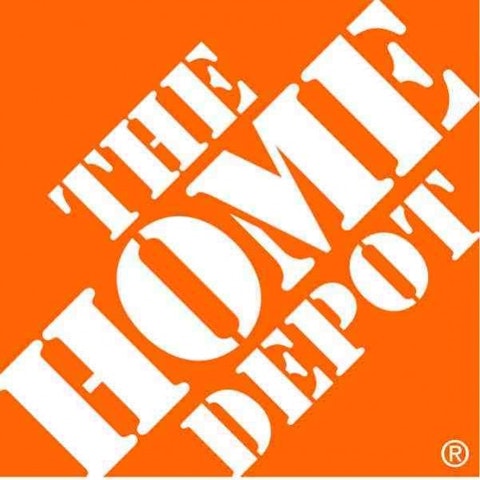
A popular argument against owning housing is that home prices barely keep up with inflation. Using Yale Professor Robert Shiller’s data that goes back to the late 1800s, we’re talking about just 0.2% annually. Yes, that’s a decimal point before the two. Compare that with the 6%-7% historical real return of the stock market and you can see where their argument is headed.
Buyers also pay closing costs, real estate agent fees, homeowners insurance premiums, property taxes, and sometimes refinancing costs.
Then there are the “investments,” which are often better classified as “cool stuff I want,” or maintenance costs — neither of which meaningfully increase the value of the house.
I’ve owned a house for 10 years, so let’s use me for illustrative purposes. Here’s a list of things I’ve bought that cost at least $1,000 (often much more). Renters normally don’t directly pay for any of this stuff.
Hardwood flooring
Deductible on homeowners insurance after my washer flooded the basement
Landscaping (twice)
Laminate wood flooring
New roof
Painting and fixture upgrades (pre-wife)
New heating/cooling system
New sliding glass doors
Cutting down of diseased trees or trimming of healthy trees (three times)
Stainless-steel refrigerator
Blinds
Painting, bathroom refurbishing, and fixture upgrades (post-wife)
I fancy myself strategically frugal, but stuff breaks, neighbors complain about overgrown vegetation, and new wives refuse to live in a bachelor pad. So I’ve averaged more than one $1,000-plus item a year — and I fully expect that trend to continue. Also remember that I’m excluding anything costing two or three digits — like replacing the dishwasher (twice), the washer (twice), the dryer, the refrigerator (twice before the stainless-steel upgrade), the sump pump (whatever that is), the water heater, and a toilet. We haven’t even talked about the countless The Home Depot, Inc. (NYSE:HD) and Ikea nickel-and-dimes. And I’ve so far avoided the big kahunas of homeowner money pits — additions and full-blown renovations. Others haven’t.
Given all this, I’d agree it’s fair to factor in a good deal of hidden ownership costs that go beyond sizing up your mortgage against a comparable rental.
Plus, there are the harder-to-quantify costs. The lack of liquidity (hence the term “house poor”). The massive debt you’re taking on. The inherent risk and lack of diversification once you sink so much into one asset. Reduced mobility, making it harder to move to a new city or perhaps change jobs within the same city. The nights and weekends you spend on house projects. The ever-present responsibility and stress.
You get the idea. There are careers’ worth of arguments, theories, and speculations on why homeownership is overrated. But when you step away from the rhetoric, there’s one fact that trumps everything: Nothing has built wealth for the typical family in the United States like homeownership.
Rent vs. buy: The buyer’s trump card
When the Federal Reserve tallied it up in 2010, the median household had $77,300 socked away in net worth. In other words, when you look at a family that’s doing better than 50% of us and worse than 50% of us and you add up all their assets (stocks, bonds, house, cars, IRAs, 401(k)s, gold, equity in private businesses, checking accounts, savings accounts, certificates of deposit, cash under the mattress, etc.) and subtract out all their liabilities (mortgages, student loans, credit card debt, etc.), you end up $77,300 to the good.
How much of that is due to owning a house? Here’s a picture:

Source: The Federal Reserve Board’s Survey of Consumer Finances for 2010.
It’s pretty stunning that for all the hidden costs and arguments about better investments, housing makes up more than 60% ($47,500/$77,300) of the median family’s cushion against bankruptcy.
